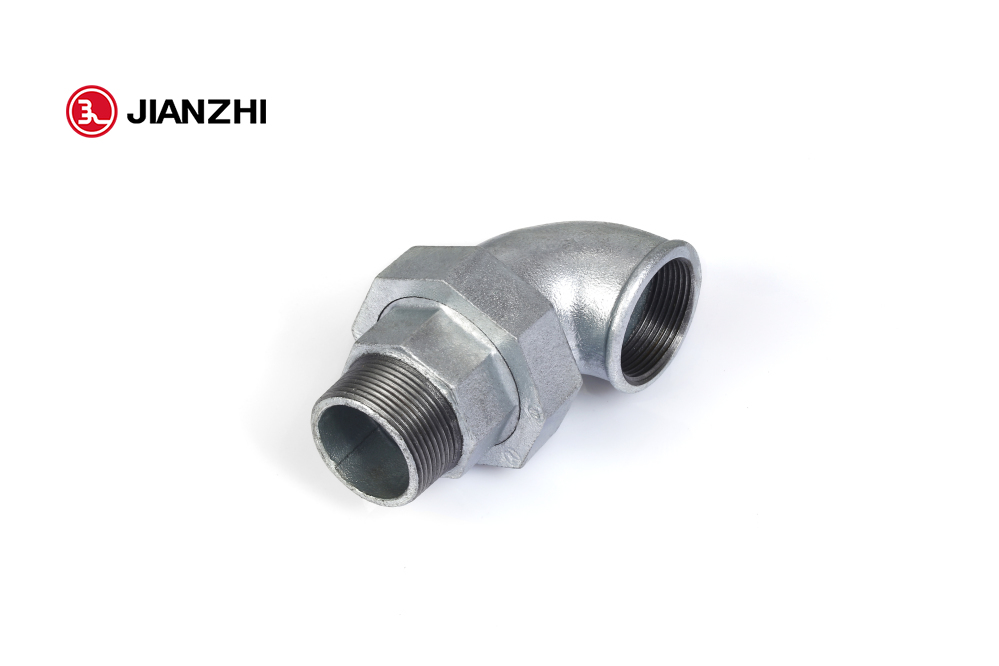Long radius (LR) elbows are commonly used in a variety of piping systems where there is a need to change the direction of the flow of fluids or gases.
Some common applications for long radius elbows include:
Water and wastewater systems: Long radius elbows are commonly used in water and wastewater systems to change the direction of the flow of water and other liquids. They are used in both municipal and industrial applications, such as in water treatment plants, pumping stations, and pipelines.
Oil and gas pipelines: Long radius elbows are used in oil and gas pipelines to change the direction of the flow of crude oil, natural gas, and other hydrocarbons. They are used in both upstream and downstream operations, including drilling, production, transportation, and refining.
Chemical processing plants: Long radius elbows are used in chemical processing plants to change the direction of the flow of chemicals and other process fluids. They are used in a variety of applications, including distillation, mixing, and reaction vessels.
Power generation: Long radius elbows are used in power generation plants to change the direction of the flow of steam, water, and other fluids. They are used in both fossil fuel and nuclear power plants, as well as in renewable energy systems such as geothermal and solar power.
HVAC systems: Long radius elbows are used in heating, ventilation, and air conditioning (HVAC) systems to change the direction of the flow of air and other gases. They are used in a variety of applications, including ductwork, air handling units, and ventilation systems.
Overall, long radius elbows are widely used in a variety of piping systems where there is a need to change the direction of the flow of fluids or gases while maintaining a smooth and efficient flow.
How do long radius elbows differ from short radius elbows?
Long radius (LR) and short radius (SR) elbows are used in piping systems to change the direction of the flow of fluids or gases. The main difference between the two types of elbows is their center-to-face distance, which is the distance from the center of the elbow to the end of the elbow.
Long radius elbows have a center-to-face distance that is 1.5 times the nominal diameter of the pipe, while short radius elbows have a center-to-face distance that is equal to the nominal diameter of the pipe. This means that long radius elbows have a gentler curve than short radius elbows.
Because of their gentler curve, long radius elbows cause less friction and pressure drop than short radius elbows. This makes them more suitable for applications where there is a need to maintain a smooth and efficient flow, such as in water or oil pipelines. Long radius elbows also tend to be less prone to wear and tear than short radius elbows, which can be important in applications where abrasive or corrosive materials are being transported.
Short radius elbows, on the other hand, have a tighter curve and are more compact than long radius elbows. This makes them more suitable for applications where space is limited or where there is a need for tight turns, such as in HVAC systems or process piping.
Overall, the choice between long radius and short radius elbows depends on the specific requirements of the piping system, including the fluid being transported, the available space, and the need for efficient flow and minimal pressure drop.
